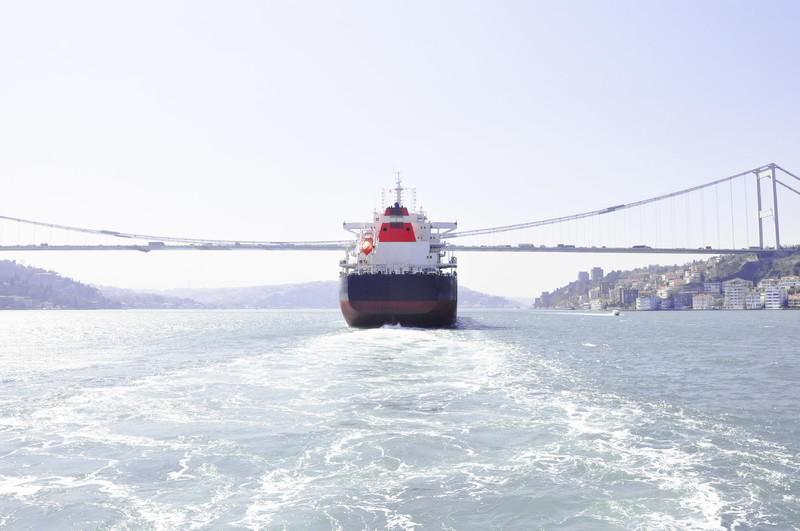An increase in safety concerns relating to the IMO’s 0.5% sulphur cap on marine fuels has led to talk of a period of “permitted noncompliance” following its introduction at the beginning of 2020 reports The Loadstar.
Keen to emphasize its commitment to environmental concerns, the IMO has been forthright until now that there would be no delays, no exceptions, to the introduction of the 0.50% cap. But much of its focus has been on making sure owners have got their ships prepared. The other side of the equation – the availability of the cleaner oil and the potential dangers to vessels of fuel incompatibilities – is beginning to cause concerns.
This week Indonesia announced that it would continue to allow its flag-state vessels to burn 3.5% sulphur content fuel within its coastal waters after January 1st. It said that it would do this because a local energy supplier had a considerable stock of the heavier fuel oil, and that the introduction of a 0.5% cap on all vessels might lead to an increase in food prices. It said that the exemption might continue until the cost and availability of compliant fuel improved.
It appears that several other countries are considering their options for similar reasons. Shipowners and charterers might be willing, but governments are less so, and the clean-oil supply infrastructure might not be ready.
Each of the 91 state signatories of the MARPOL Annex V1 regulation, including Indonesia, theoretically is required to enforce the new maximum sulphur content rules within their territorial waters, but with Indonesia sticking its head above the parapet, other countries could ask for a similar exemption.
The question being asked now is whether there will be an official extension for domestic shipping on request, whether a blind eye will be turned to noncompliance for a few months, or whether the IMO will be as firm and iron-fisted as it has claimed it will be.
The Loadstar observed that in practice shipowners were unlikely to want to begin a switchover to 0.50% oil until around the start of November (because 0.50%-compliant fuel is expected to be about 50% more expensive than HFO). That would leave little time to address any issues arising from the blended fuels and vessel performance.
Variations in sulphur-compliant fuel around the world could also cause problems for vessel engines. It is far from certain that one 0.50%-compliant fuel will be compatible with another one supplied on the other side of the world – for example if one of the fuels is 0.45% and the other is 0.49%.
Insurers have stated that, in addition to cleaning the tanks, all of the pipework in the fuel oil service system would have to be flushed thoroughly – something that could result in a two-week lay-up. If the entire global fleet looks for a two-week lay-up within an eight-week period, one could see more than 12% of the global fleet out of action at any one time. That in turn would put a strain on the infrastructure of ports where the flushing and pipework cleaning would take place.
Skuld has said that “the sulphur 2020 cap will impact the fuel supply chain, procurement and operational safeguards. The impact is happening now, so act on any identified gaps, for example, crew training in fuel management”.
This article is kindly supplied by Insurance Marine News. If you would like a complimentary trial to the daily Insurance Marine News e-bulletin please email grant.attwell@insurancemarinenews.com.

